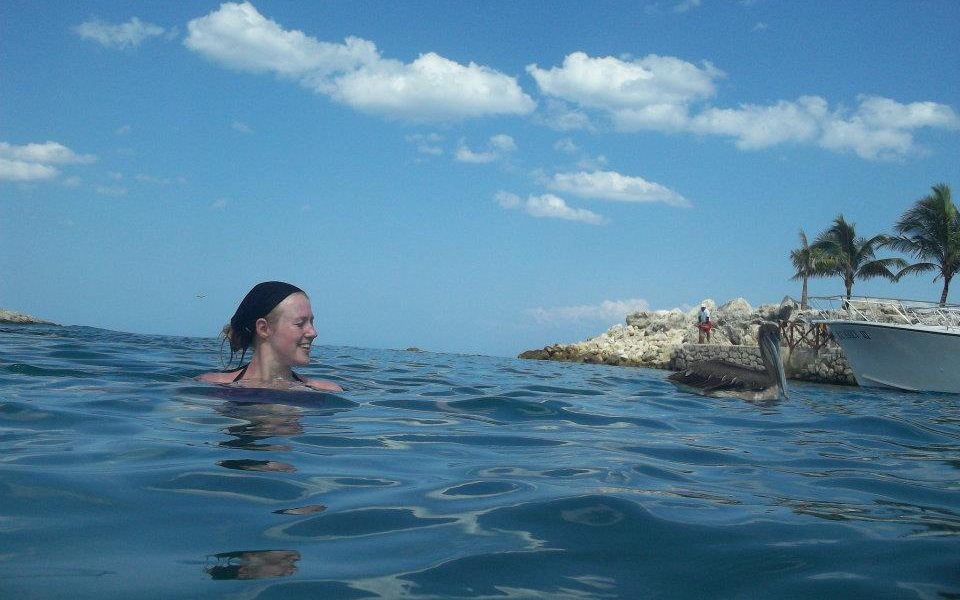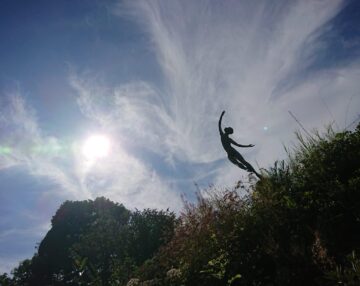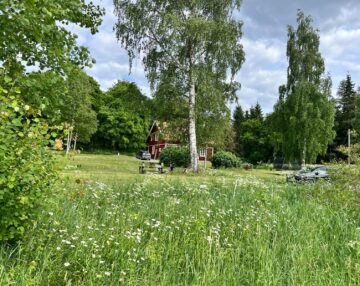It was late June 2013. I had been looking forward to my first therapy session with Julie. The achievement-focused part of me was desperate to move into action and start making progress towards recovery. I was also really struggling to know how to fill all the spare time I suddenly had. Julie greeted me at the door. She showed me through to a little room with desk and chair in one corner and two soft-furnished buckets chairs with a little table between them in the middle of the room. There were flowers and tissues on the table. I smiled at the tissues; I wouldn’t be needing them, I thought. I never cried.
I felt instantly comfortable in Julie’s presence. She had a thoughtful and warm manner and listened intently when I spoke. She asked me questions about my life, and I was amazed at how naturally my answers flowed. I knew I was being a great client. I was open and receptive to answering questions and I got the sense that Julie really liked me. I was going to ace therapy.
Julie told me that she specialised in Cognitive Behavioural Therapy (CBT) and Eye Movement Desensitization and Reprocessing (EMDR) therapy, and she recommended that we did a combination of the two. I said I was happy to go with her recommendation. We started the CBT element first. I was amazed to discover the link between my thoughts, emotions and behaviours and that I could proactively use one to change another. I’d always seen emotions as a thing that just came and took you over and if you started feeling something negative, you would just feel like that all day. I found sleep to be a reset for negative emotions, but had never found a way to change them in the moment. I also had no idea that my thoughts were so powerful and impacted so much on what I did and how I felt. This felt like completely new information to me and I wondered why we didn’t get taught all this at school.
One exercise that stood out particularly was where I identified different emotions and what behaviours or activities created them. I got a different sheet of paper for each one and wrote out emotions like “happiness” “sadness” “excitement” “gratitude” “anger” “awe” “pride.” I circled each emotion and drew lines from them indicating the things that led me to feel those emotions. For a lot of them, I was writing activities that I hadn’t done in years. I noticed patterns of things I did regularly that led to negative emotions and many of the things I did not do at all were on the pages for things like happiness and awe. I saw how my patterns of life had contributed to the position I was now in. There was not a lot of fun or play. No creativity outside of work. Not a lot of connection with anyone outside of work or family. I had forgotten what life felt like when I was doing things that lit me up.
I did exercises to examine and reframe some of the negative thought-patterns that were dominating every waking moment. I asked questions about the validity of the negative and destructive things I said to myself about myself. I wrote out new “truths” that would replace the old beliefs that had become like a straight jacket.
Julie and I did a lot of work to prepare for the EMDR session. I told her about every detail I could remember about the Ofsted Inspection, just a little bit each week. She asked me to think about a place where I had felt completely at peace. I remembered floating on my back in a secluded bay in an Eco-park in Mexico. The sun was warm on my skin, I could feel the water beneath me and hear birdsong all around me. Far off there were children playing, but in my immediate environment, there was just me. I could smell the fresh scent of the ocean and felt a kind of bliss. Julie encouraged me to go to this place as often as I could as part of my homework. I learned how to bring this feeling of bliss into my body and would do it while queuing in shops, while cooking in my kitchen and going on walks in nature.
The EMDR session took place in our 6th session together. I opted to use vibrating pads, rather that tracking with my eyes. I held a pad in each hand and Julie explained that the vibration would pulse between the two. We were going to pre-process the Ofsted Inspection and allow it to move to memory, rather than feeling like a threat that was ever-present. I had my eyes closed and we replayed the day. Julie guided the narrative of the story and I added in how I felt at different points. I shared feelings that I did not have access to in my conscious awareness. The profound sense of responsibility. The fact that I had let everybody down. The shame that I was flawed and defective after all. That no-one would trust me ever again. That other people were hurt too, and it was all my fault. I felt like everything was all my fault.
Sometimes I would struggle to breathe, and Julie would slow down the pulsing of pads and encourage me to go to my safe place. I would feel the bliss of that sun-kissed ocean scene wash over my body and my heart rate would lower as I took in fresh, cool, oxygenated air. When I was ready, we would go back to the story. I felt that my head was floating up and away from my body. My neck felt like it was a foot long! I was up on the ceiling looking down on the scared little girl on the bucket chair, holding onto two vibrating pads. I felt so much for compassion for that girl. I felt tears running down my cheeks as I looked at her. I was filled with so much love for that little girl, and I knew that none of it had been her fault.
Since that day in August 2013, I have been able to speak about the Ofsted Inspection as I would any other memory. It doesn’t rise up in my body like a threat, but sits amongst my other memories and feels like a thing that happened in the past. My journey to recover from the mental health crisis and to build a life I wanted to live was only just beginning, but it had a much stronger foundation to be build on after this day. I felt like a new world of mental wellbeing had been opened up to me and I wanted to learn everything it had to offer and to see what it would feel like to stop merely surviving and to genuinely live.



